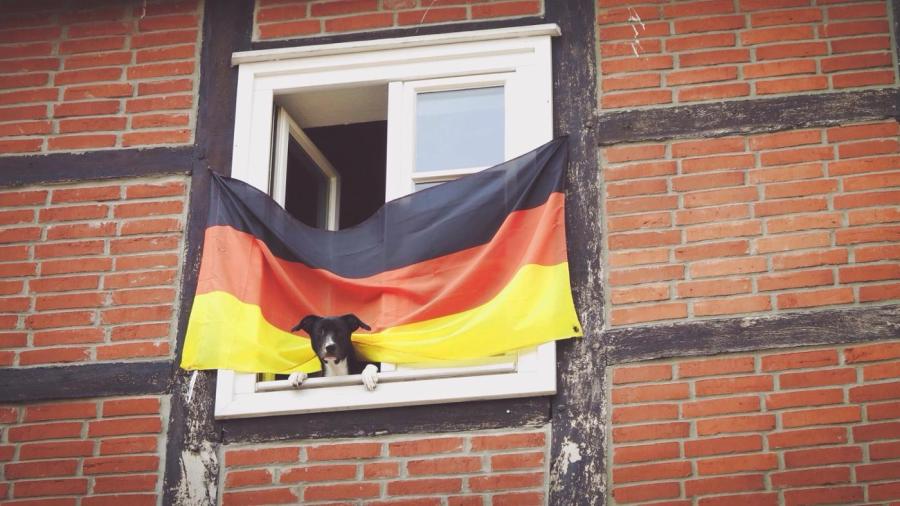What Does the German Flag Represent?

The German flag is made of the three colors: black, red and gold, and each color symbolizes a different concept. The colors are actually very similar to the colors used by the Roman Empire’s imperial coat of arms.
The first horizontal stripe of color found on the German flag is black. This color is meant to represent the concept of determination. The second horizontal stripe of color, which is red, has its own allusions to other attributes, like hardiness and bravery. The red stripe is also meant to represent strength and valor. The last horizontal stripe of color, which is gold or yellow, is meant to be a symbol of generosity.
The colors of the German flag has its roots to sources as old as the Middle Ages, but the most common citation to the origin of the flag’s colors come from the early 19th century. During this time, German men volunteered to fight in the Napoleonic wars. The colors of their uniforms actually had these colors. They wore black coats with red braids and their buttons were gold-colored.
This current version of the German flag wasn’t adopted until May 9, 1949. This style of the flag had been used before, however. It first appeared in 1848 but was abolished in 1852. It then reappeared as the flag for the Weimar Republic in 1919 but was again abolished in 1933 when the flag for the Third Reich replaced it. The current version was originally the flag of East Germany after World War II and had a coat of arms on it. When Germany was reunited in 1990, the current version was put into place.





